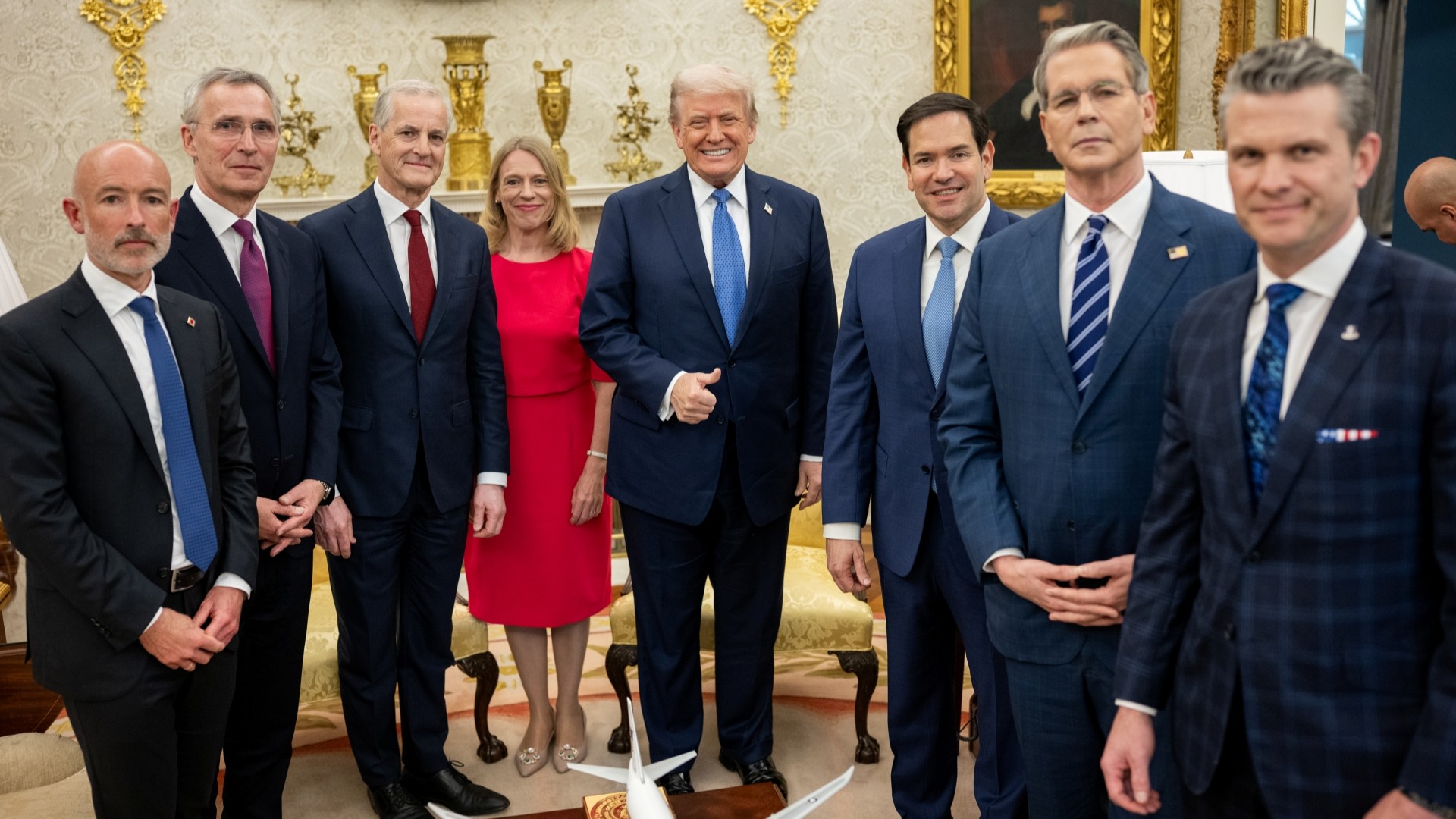BESPOKE: “Yesterday was the third-worst stock market reaction to a bond auction in history.”
[image or embed]
— Carl Quintanilla (@carlquintanilla.bsky.social) May 22, 2025 at 7:37 AM
Moody’s just became the last of the three big credit agencies to downgrade US debt, and everyone on the street interpreted the timing of this downgrade to coincide with Trump and the GOP’s “big, beautiful bill” that will blow up the deficit that has become a very real problem. The US government now pays more in interest on the debt than we do for defense every year. “Government debt doesn’t matter” is a ZIRP-era notion that doesn’t apply to our current predicament with a lot more debt and much higher interest rates, and the current state of the bond market is proof. The 30-year yield poked its head above its 2023 high yesterday before falling back, and when it did, it created the highest high in the 30-year yield since 2007, a year that everyone definitely associates with a good economy coming to us in the near future.
The last time 30-year yields were here we had just completed a 7.7% NGDP growth quarter (annualized). Right now we just completed a 3.5% NGDP growth quarter — it’s more concerning that interest rates are staying elevated even as nominal economic growth slows:
[image or embed]
— Conor Sen (@conorsen.bsky.social) May 22, 2025 at 5:06 AM
As of this writing, the 20- and 30-year yields are over 5 percent, the magic illuminati number that gets people and presidents to start paying attention. There really is no mystery as to why the long end of the yield curve is blowing out right now, and it’s because of who is in charge in the globe’s most powerful economy and what they want to do with it. “Markets really have no appetite for duration here,” said Pooja Kumra, a rates strategist at TD Securities to the Financial Times. “Especially in the case of the US, we expect all long-end auctions to be highly scrutinized by markets.”
When governments run higher deficits, they must issue more debt to cover it. This increase in the supply of debt leads to a fall in bond prices, which bond yields move inversely to. Some investors are balking at current bond prices because they see the GOP bill about to pass that by all known laws of finance and mathematics, should raise interest rates. Putting every treasury yield on the same chart paints a clear picture of what duration risk looks like in practice, with there being a noticeable gap between the 10-, 20- and 30-year bonds up top and the rest of the yield curve in years 1 through 5 below (the two vertical lines on this chart are the day after Trump’s inauguration and the day after liberation day).

Chart via TradingView
Bonds in Europe and Japan are seeing their rates rise too, as unlike the modern stock market that runs on options and sugar highs, debt markets actually have to plan for the future. A ten-year bond is not designed to be flipped in a week. You buy bonds as the bedrock of your “risk-free” portfolio that you can add risk on top of. The stock market reacts every time Trump lies about his stupid trade war, but the bond market observes the actual war. Walmart said it will begin raising prices next month because of Trump’s trade war, and Target’s shares fell over 5 percent on Wednesday after the weak bond auction. Markets celebrated Trump’s latest loss to our economic adversaries across the Pacific, but they are now beginning to realize that a 40 percent effective tariff rate on Chinese goods is still the largest tariff since Smoot Hawley in 1930, another very good year for the economy that everyone knows and loves.
Rising bond rates are already having a negative impact on the economy, as the United States just had its slowest April for home sales since 2009. This is coming off last year’s lowest level of existing home sales in 30 years. Housing is too expensive, the rent is too damn high and interest rates (and climate change) aren’t making home ownership any less costly. Given that both the bond market and Federal Reserve are concerned about stagflation, there is plenty of reason to be worried about a housing market that has already proven this century that it can almost single-handedly lead us into an economic crisis. Add Trump’s Smoot-Hawley-style clusterfuck that is emptying America’s ports, and you can find existential risks to the economy everywhere you look, which is what the bond market has been communicating since September.
All rates across the yield curve have risen in the past month, but the long end has risen the fastest. What this says about the economy is not great, and investors are very clearly attaching a new risk premium to American debt. As Larry Adam, chief investment officer at Raymond James told the WSJ, “rates are rising for the wrong reasons.”
GET SPLINTER RIGHT IN YOUR INBOX
The Truth Hurts

